deck support
Moderators: CaptPatrick, mike ohlstein, Bruce
deck support
capt pat can u tell me how u fabed support from stringer to joist
- CaptPatrick
- Founder/Admin
- Posts: 4161
- Joined: Jun 7th, '06, 14:25
- Location: 834 Scott Dr., LLANO, TX 78643 - 325.248.0809 bertram31@bertram31.com
The joist were made using 1/2" plywood to form an I-beam, with the vertical member being inset into the dados of the horizontals. Then they were epoxy glassed fully and capped with structural fiberglass channel.
The stanchons are fabricated from 1" square structural fiberglass tubing, a flat fiberglass top plate, and a form fitted fiberglass saddle to fit over the stringer. The saddles were made as a single long piece and then chopped into the individual sections. There are 2 stanchons per side, with the ends of the joists being tied to the deck ledger aft and the tank/engine bulkhead forward.
The structural fiberglass is from McMaster-Carr
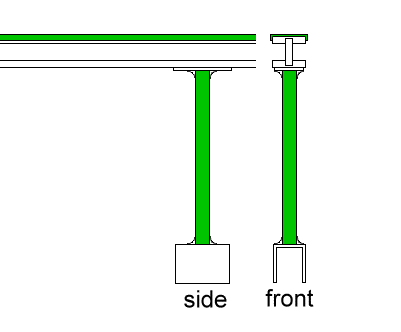
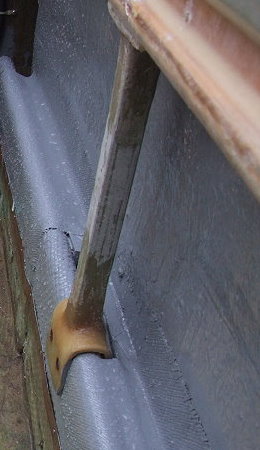
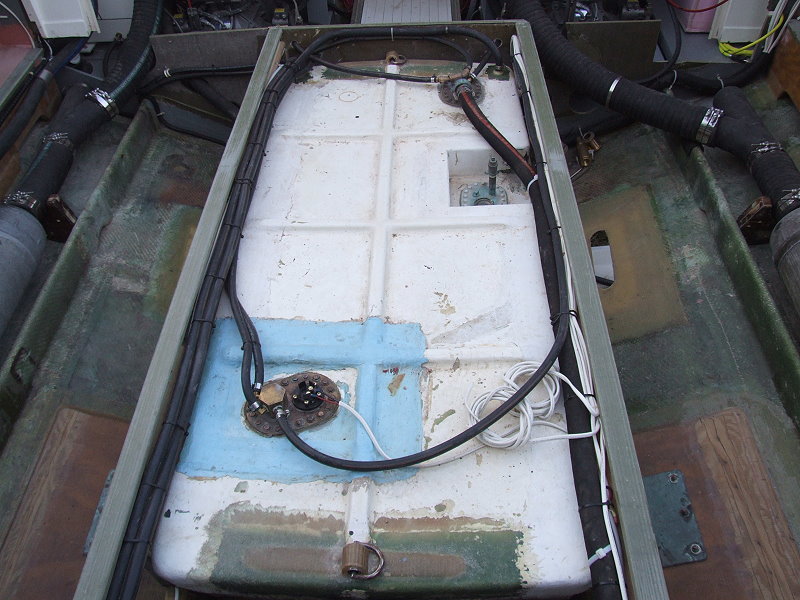
The stanchons are fabricated from 1" square structural fiberglass tubing, a flat fiberglass top plate, and a form fitted fiberglass saddle to fit over the stringer. The saddles were made as a single long piece and then chopped into the individual sections. There are 2 stanchons per side, with the ends of the joists being tied to the deck ledger aft and the tank/engine bulkhead forward.
The structural fiberglass is from McMaster-Carr



Br,
Patrick
Molon labe
Patrick
Molon labe
- CaptPatrick
- Founder/Admin
- Posts: 4161
- Joined: Jun 7th, '06, 14:25
- Location: 834 Scott Dr., LLANO, TX 78643 - 325.248.0809 bertram31@bertram31.com
About 3/4 the way down the thread is my solution to the companionway support system: Structural Fiberglass and Coosa Board
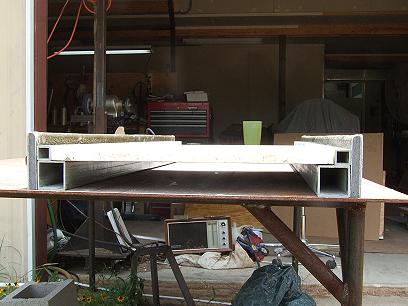

Br,
Patrick
Molon labe
Patrick
Molon labe
- CaptPatrick
- Founder/Admin
- Posts: 4161
- Joined: Jun 7th, '06, 14:25
- Location: 834 Scott Dr., LLANO, TX 78643 - 325.248.0809 bertram31@bertram31.com
The hatch plates here are stock Glass Tech style, but are basically the same size as the original Bertram plywood plates. There'd be nothing to do to the hatch plates because you'll configure the rails to match the plates.
The original wood that Bertram used was solid mahogony pieces, which was a mistake because solid lumber won't support the 50" span.
What really gives these rails their strength is the laminated 1/2" Coosa board verticals. Once glued and screwed, the structure is very light and exceptionally strong. The ends are supported by a ledger of 1" square SFG aft and two "U" shaped brackets forward; also from 1" SFG.
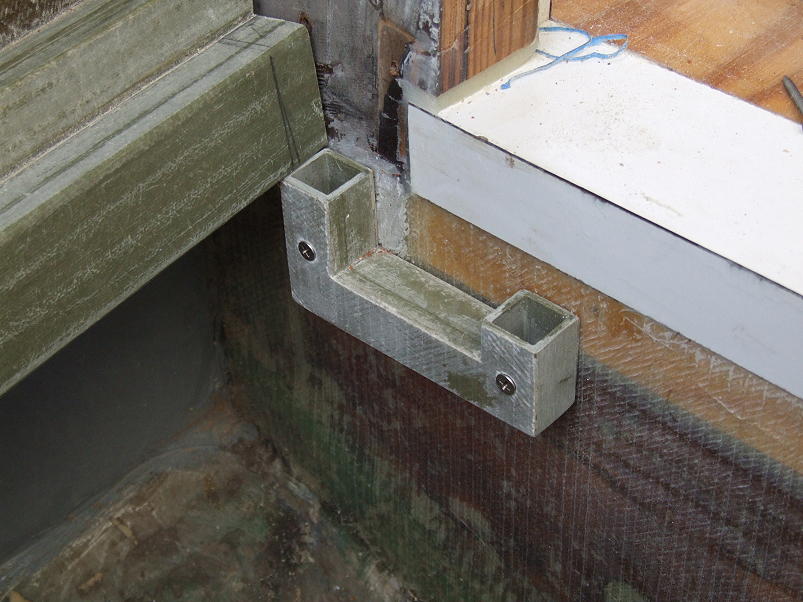
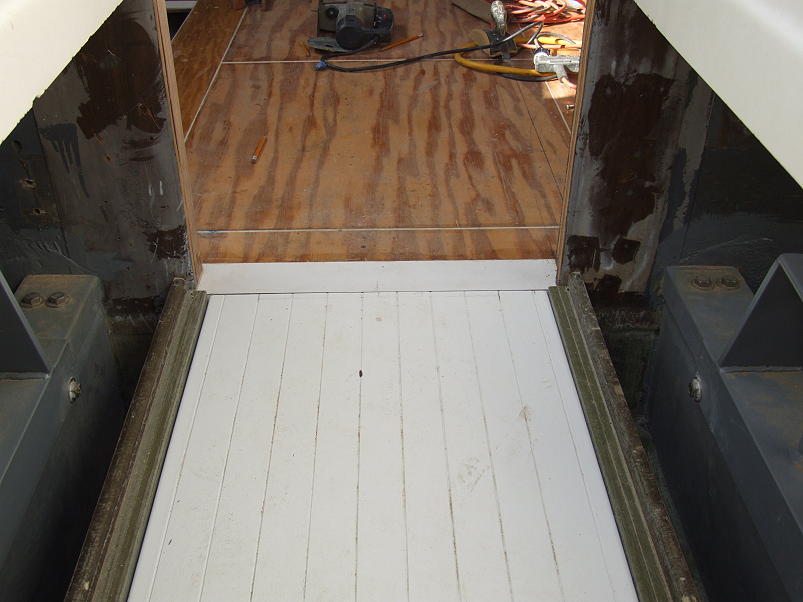
The original wood that Bertram used was solid mahogony pieces, which was a mistake because solid lumber won't support the 50" span.
What really gives these rails their strength is the laminated 1/2" Coosa board verticals. Once glued and screwed, the structure is very light and exceptionally strong. The ends are supported by a ledger of 1" square SFG aft and two "U" shaped brackets forward; also from 1" SFG.


Br,
Patrick
Molon labe
Patrick
Molon labe
Who is online
Users browsing this forum: Bing [Bot], Google [Bot] and 216 guests